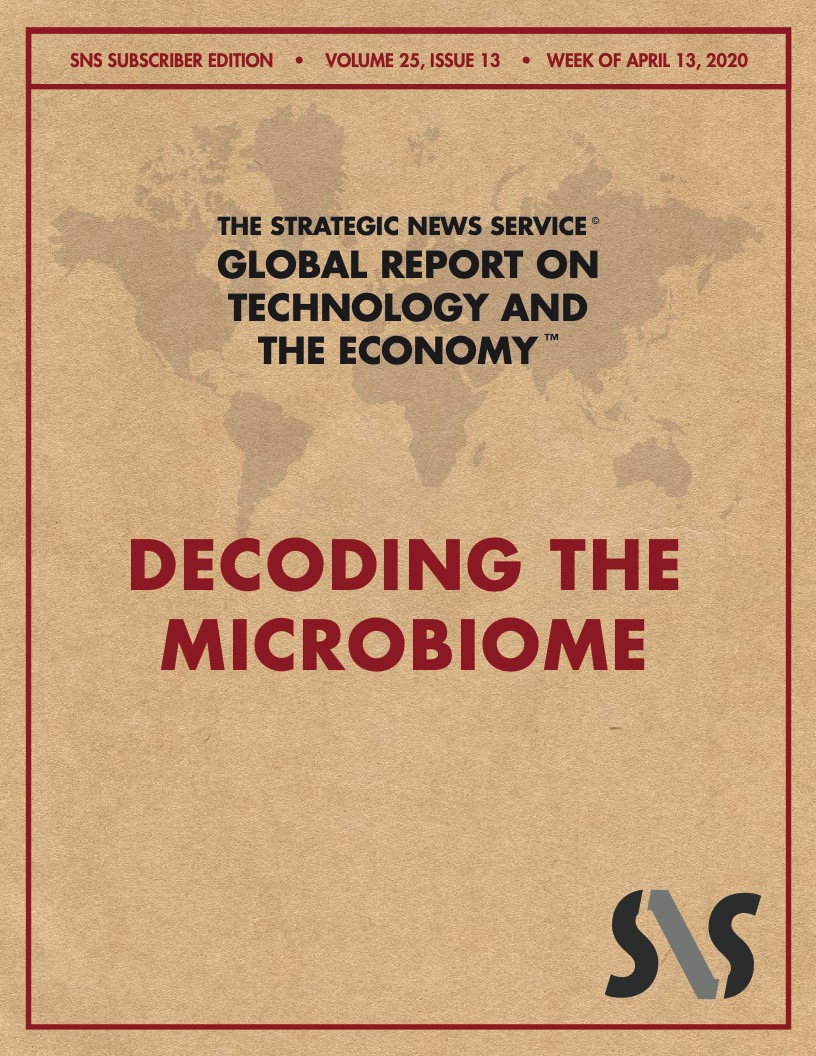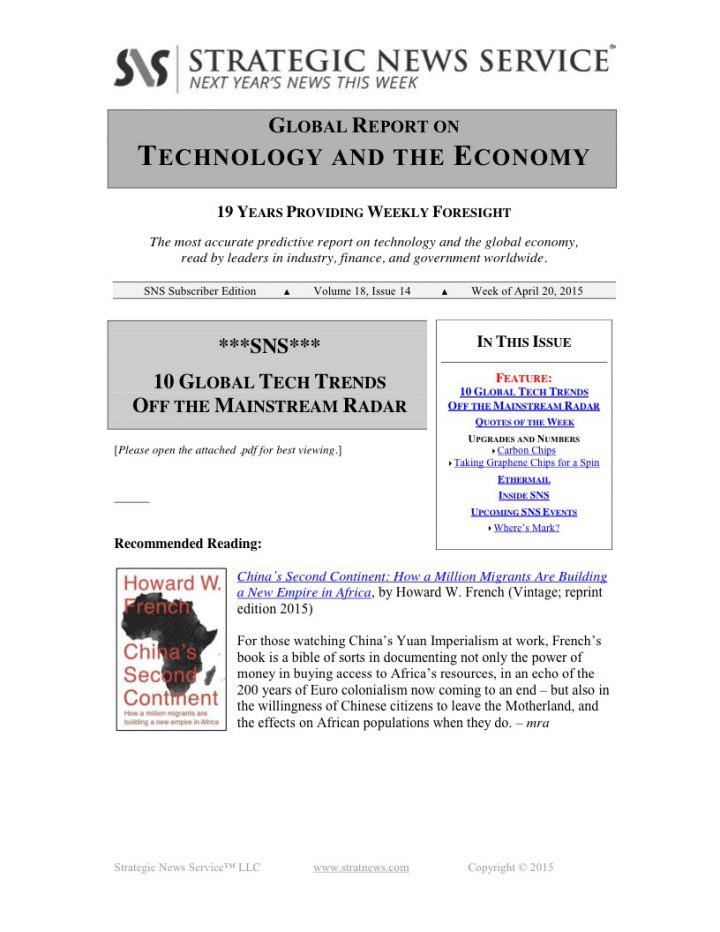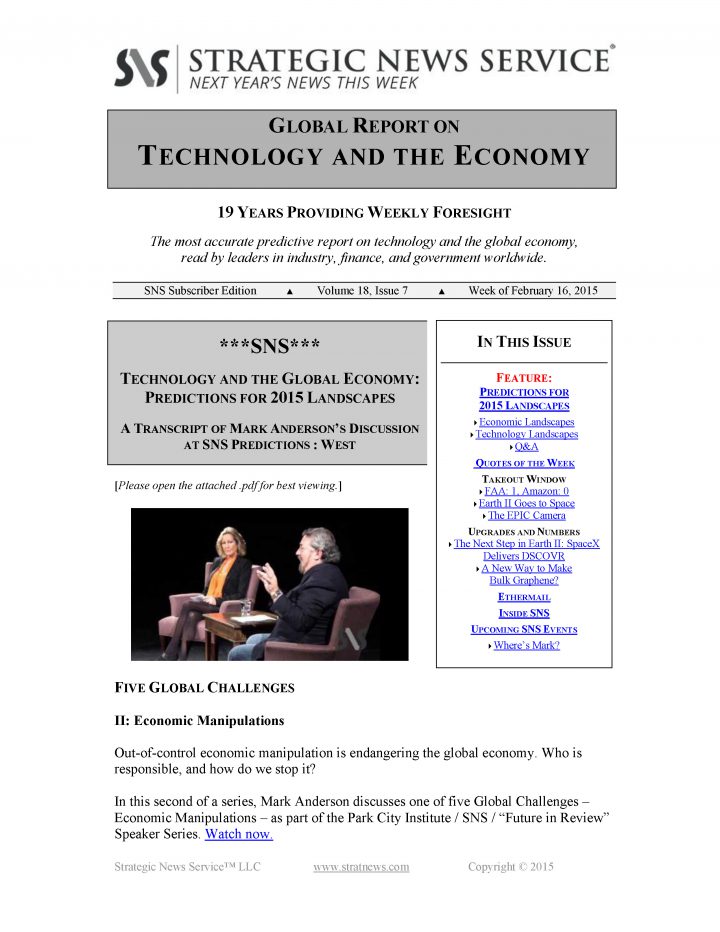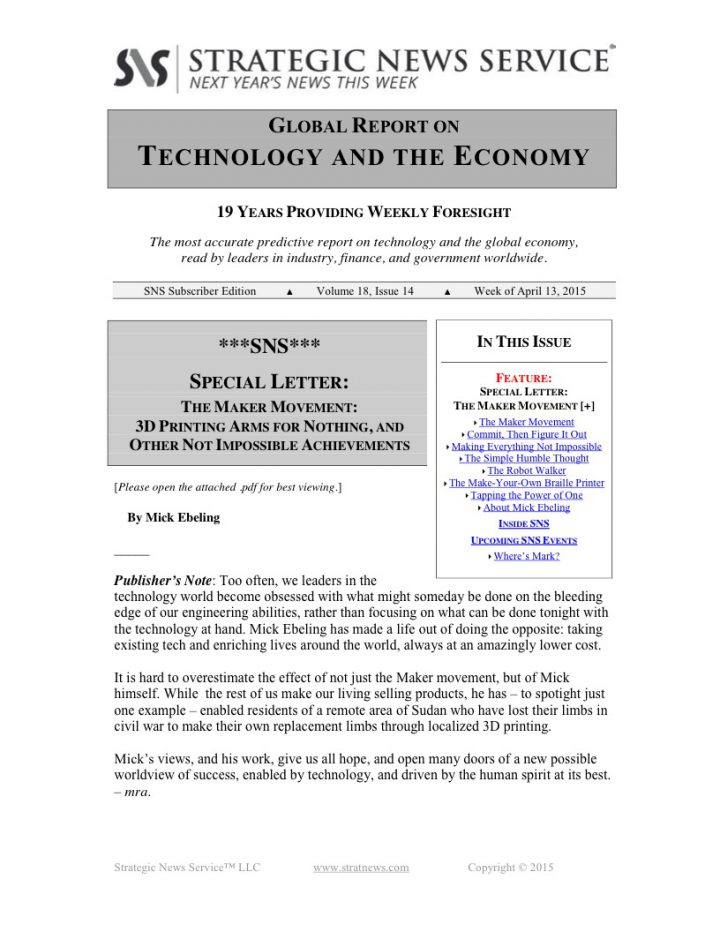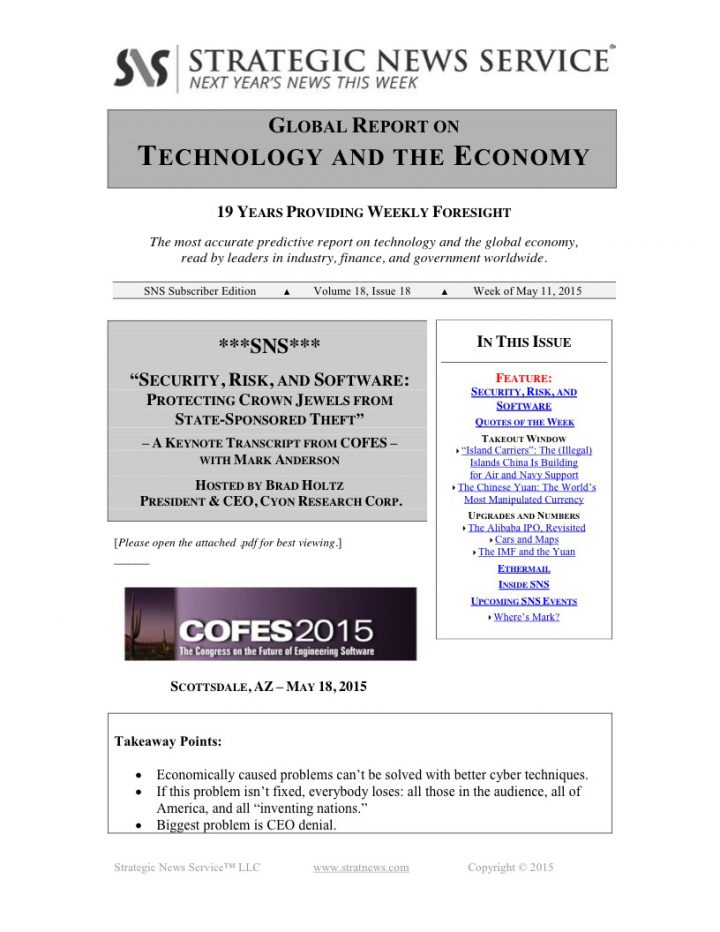In This Issue
Vol. 25 Issue 12
Decoding the Microbiome
A discussion with Jack Gilbert, Robert Knight, and Kimberly Prather
Moderated by Larry Smarr
- About Jack Gilbert
- About Robert Knight
- About Kimberly Prather
- About Larry Smarr
—
Publisher’s Note: What happens when two global leaders in microbiome science, and the scientist who discovered virus and bacterial transmission in air and ocean, are interviewed by the scientist who founded the personalized-health movement? We all get to learn.
Whether you’re wondering if COVID can travel from China to California or if your microbiome can be improved with “black market” supplements, you’ll want to read this week’s issue.
Once again, I am reminded that humans may just be the transport mechanism that select bacteria and viruses chose for global domination. If so, It seems to be working. – mra
______
DECODING THE MICROBIOME
Jack Gilbert, Professor, UCSD School of Medicine and Scripps Institution of Oceanography
Robert Knight, Director, Center for Microbiome Innovation, and Professor, University of California San Diego
Kimberly Prather, Distinguished Chair in Atmospheric Chemistry, Scripps Institute of Oceanography, Dept. of Chemistry & Biochemistry, UC San Diego
Moderated by Larry Smarr, Founding Director, California Institute for Telecommunications and Information Technology (Calit2)
FiRe 2019 Conference
Thursday, October 10, 2019 – The Lodge at Torrey Pines – La Jolla, California
______
This discussion has been lightly edited.
Larry Smarr: I’m Larry Smarr, director of Calit2 – a number of you will be over visiting us later today. For years I’ve been telling FiRe attendees about the incredible importance of the microbiome, the most pervasive and important life on this planet – everywhere on this planet, including inside of all of you – but this time we have a panel of people who really know what they’re talking about with respect to the microbiome.
These are three of our superstar faculty from the University of California–San Diego, in the microbiome, and they are actually working together to create a major institute for microbiome research. But they’re very diverse in their backgrounds, and we’re going to try to paint a picture across the whole planet, from starting inside of you, or on you, in the next half-hour.
What I’m going to do is ask each of them to just give a quick “station identification” of where they come from at the UC San Diego, and then we’re going to build into human health, into how we actually use IT to understand the microbiome, and into the environment and the planet itself. Do you want to start, Kim?
Kimberly Prather: Sure; I’m Kim Prather. I’m a professor at Scripps Institution of Oceanography at UC San Diego, and I’m also the director of the National Science Foundation’s Center for Aerosol Impacts on Chemistry of the Environment.
I’ll talk more about it, but basically we’re very interested in how microbes in the ocean – how the ocean in general – is working very hard to control the temperature of our planet and planetary health, so I’ll focus on how microbes are working very, very hard in that regard.
Rob Knight: I’m Rob Knight. I direct the Center for Microbiome Innovation at UC San Diego … although to a large part based on information technology and understanding all that data. And I’m a professor of pediatrics, computer science and engineering, and bioengineering at UC San Diego.
Jack Gilbert: I’m Jack Gilbert. I just moved here from the University of Chicago, so they managed to get me away from the cold into the warmth. I’m now a professor of pediatrics and oceanography, which makes me the world’s first pediatric oceanographer, or oceanographic pediatrician. But the research focus is mostly on trying to figure out how microbes communicate with each other and with the environment they find themselves in – whether that’s in the human gut or in the ocean or in soils. And we do a lot of work at the edge of translation, trying to get the research out of the lab and into small companies. I’ve launched three or four of those companies, and we are promoting the capability of intellectual property development with our own faculty, which is a major, exciting drive for me, coming from industry.
Smarr: One of the things I wanted to start with Rob is, we have a lot of people in the audience who come from the information technology world, and this world of microbes is largely invisible. Even if you look at it in a microscope, it doesn’t help a whole lot.
[Microbes are] basically information creatures, because they’re DNA. So I thought maybe you could give us just a little bit of – how do you go from a sample, whether it’s terrestrial or one of my 500 stool samples that you’ve got in your freezers [laughter], to actually “who’s there,” and what their capabilities are?Knight: They’re really creating a revolution here at UC San Diego, and our ability to understand the microbial world, whether it’s around us or in our own bodies. You [the audience] look old enough to remember what DVDs were, pretty much … Each teaspoon of your stool has, just in the DNA of its microbes, the information it would take a ton of DVDs to encode.
A lot of what we’re trying to do, is – we get samples from anywhere, whether it’s the human body, the ocean, the soil – even the sky, as Kim will tell you. And we extract the microbial DNA from it, and then we use high-end sequencing equipment like the Illumina DNA sequencing platform, to read out huge numbers of fragments of DNA from the bacteria, the archaea, the viruses … anything else that lives in the sample. And then the major challenge is to take these fragments and piece the pieces of the puzzle back together so we can get a picture of what microbes were in each environment.
But more than that, we’re also integrating the chemistry, so we’re using mass spectrometry to read out all the chemicals in the samples as well, so we can understand not just “who’s there,” but what they’re doing.
…
Additional information
| Topics |
|---|
SKU: SNS-2020-04-14 - Need Help? Contact Us Leave Feedback
Categories: 2020 Issues, Back Issues
Tag: PDF Download

